If you don't look very carefully, you may never see (Tsavo West in close up)
 Wednesday, May 18, 2011 at 03:01PM
Wednesday, May 18, 2011 at 03:01PM Call me weird, but I think there is a difference between looking and actually seeing.
Imagine a kopje in Tsavo West, for instance...it's a pile of rocks with an odd assortment of plants growing in, on and around it. You might walk or drive past and think nothing more of it. But a kopje hides a million marvels, and if you take the time to look, you will see them...
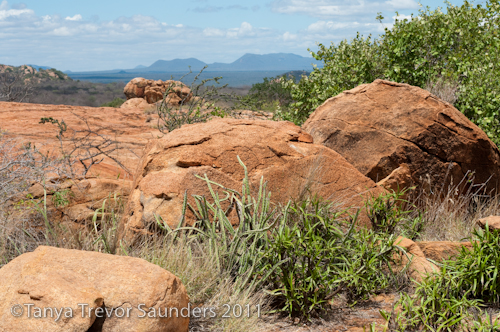
Take, for example, this spiky succulent. Its unfriendly exterior may dissuade you from taking a closer look, but I suggest you do...
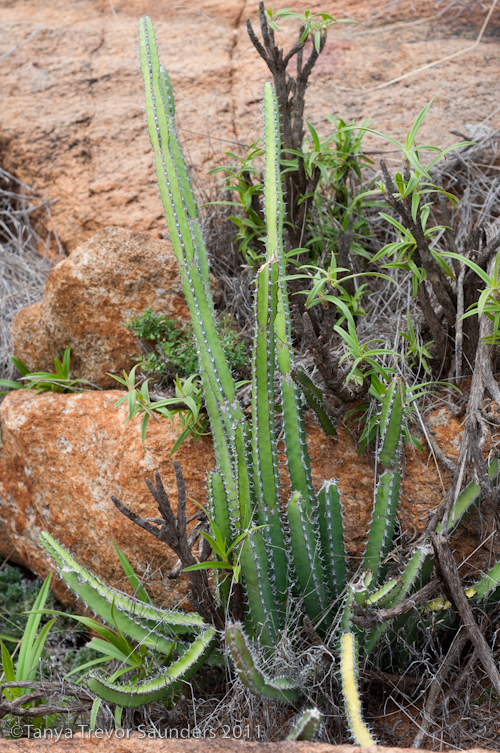
For a closer look reveals extraordinary detail, colour and yes, even beauty:
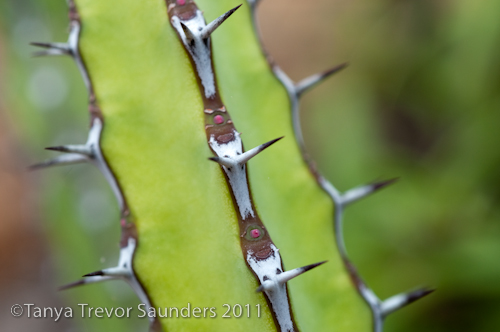
This boulder may look fairly ordinary, but if you stop to think for a moment, you realise it's really quite amazing that small plants are growing in a crack in the rock:
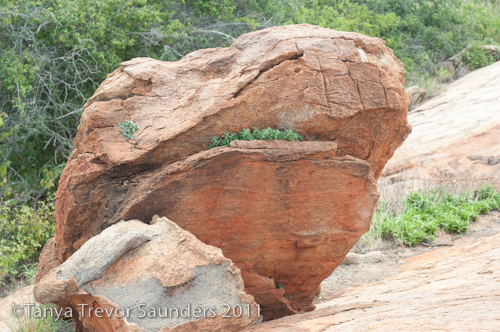
They seem to be thriving there, probably helped by water that is trapped each time it rains.
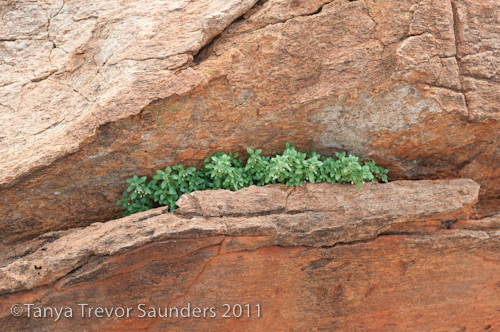
And they're flowering. Each flower, mind you, is only 3mm wide. The purple colouring is probably to attract pollinators like small insects:
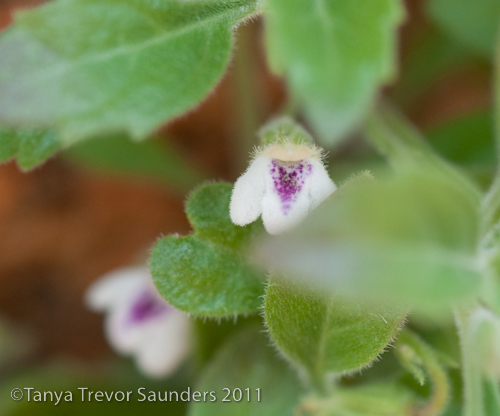
Without further ado, you bypass some dull green moss growing at the base of a rock:
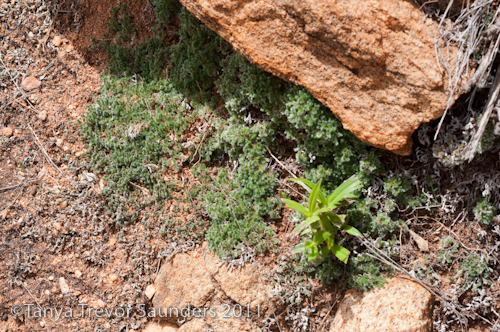
But second thoughts take you back and you subject the moss to inquisition under the macro lens and a whole new world is revealed:
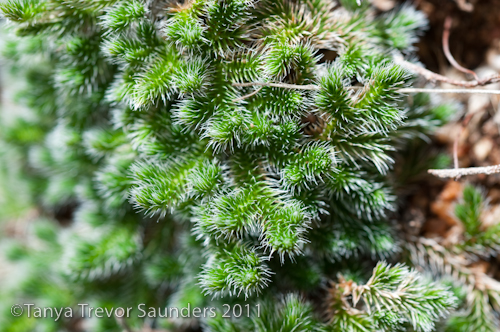
Nearby, a strange fungus finds purchase under a rock overhang:
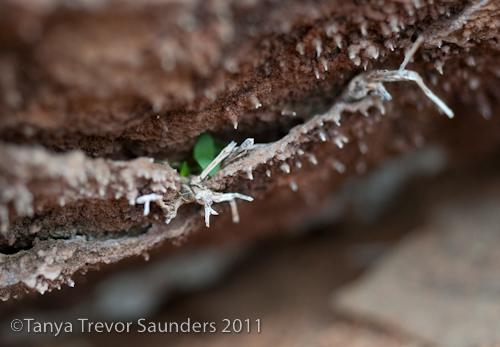
Atop the kopje grows this spindly tree - I believe it's a species of Pavetta (of the Rubiaceae family). It's flowering and its waxy white flower clusters are attracting a profusion of insects of all shapes and sizes.
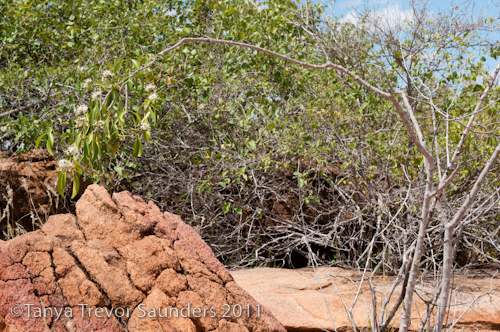
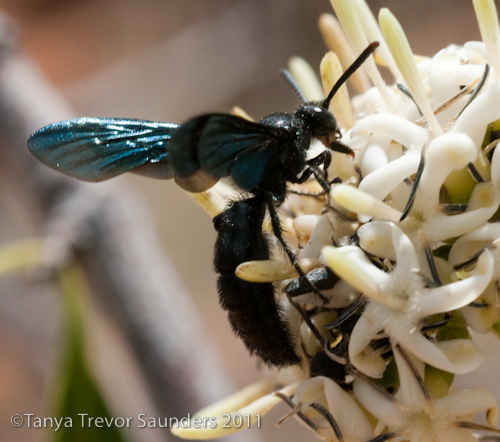
Like some creature from science fiction, this 3cm long wasp has mouth-parts perfectly adapted for feeding on nectar. Its wings are the most irridescent blue, even in the dull overcast light.
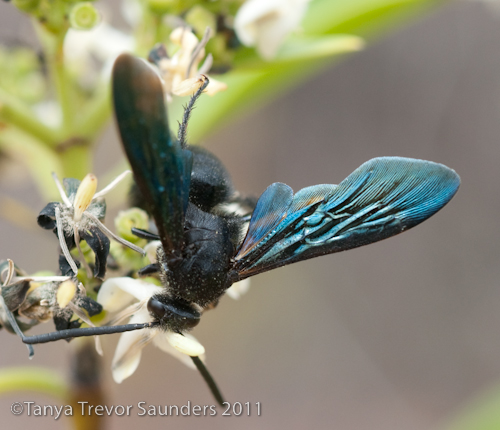
A tiny spotted butterfly, wingspan no more than 12-15mm, is also in its element here. I'm no expert on butterflies, so I stand to be corrected, but I think this is one of the Pies (Genus Tuxentius).
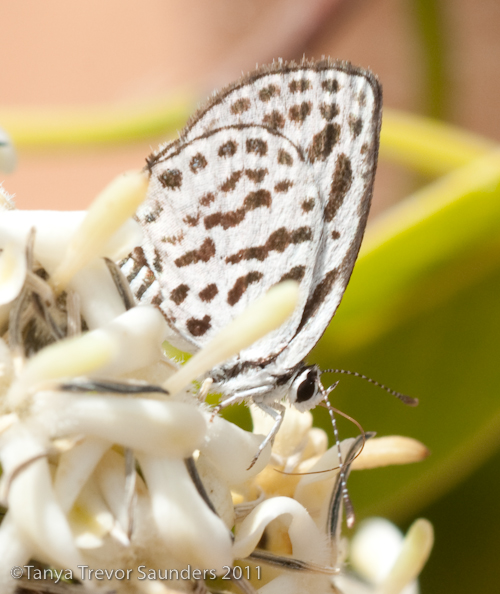
A green leaf weavil (one of the hundreds of species in the Polydrusus genus) is 5mm long, but nature has spared no effort in making it quite stunning to look at:
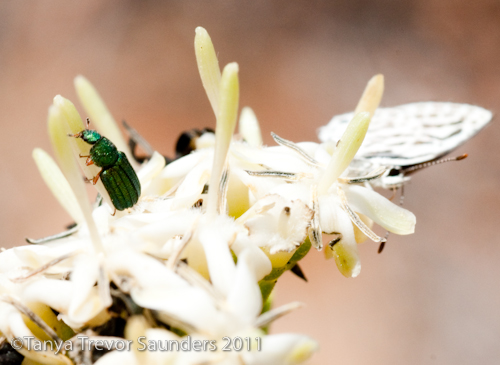
Even for the most unobservant passer-by, it would be difficult to miss the electric pink of a desert rose (Adenium obesum), flamboyant amongst the rocks and greenery:
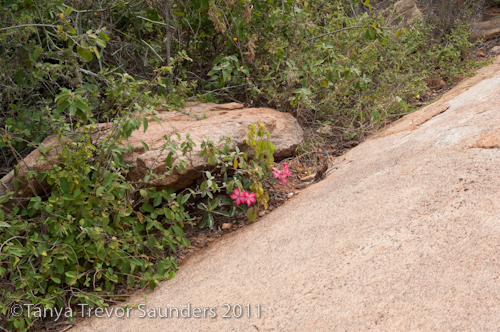
The flowers are so bright, they almost seem out of place, as if this plant does not belong here, but it is indeed indigenous:
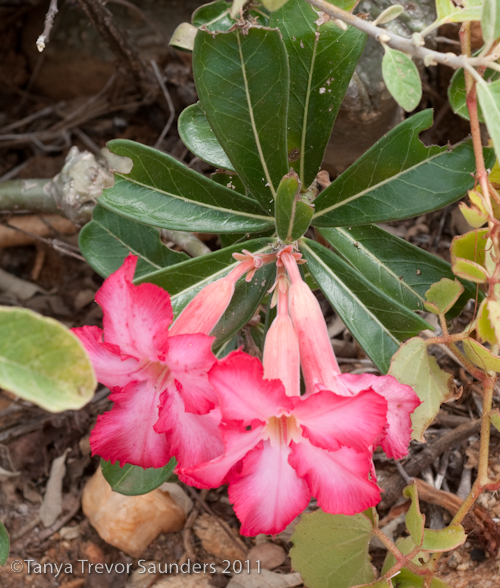
And the closer you look, the more astounded you are by this large glowing flower.
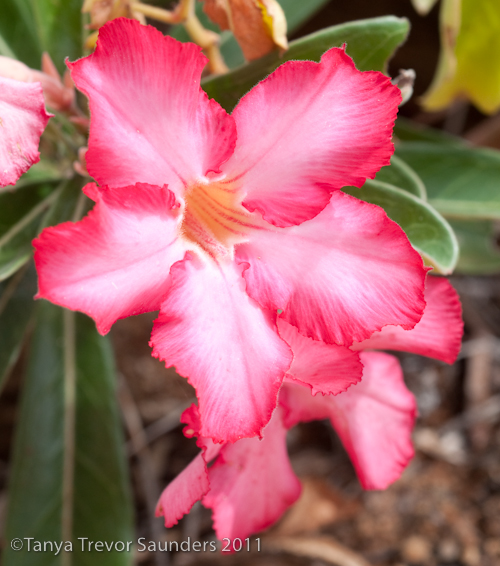
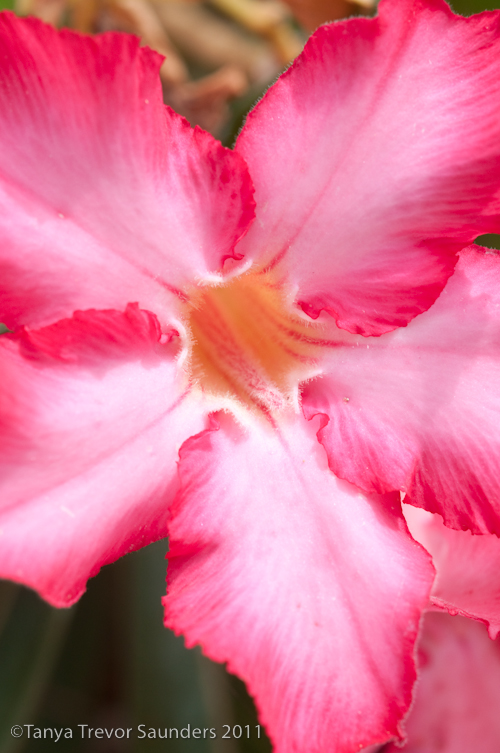
Along the rock from the desert rose is a small yellow flower, 15mm in diameter.
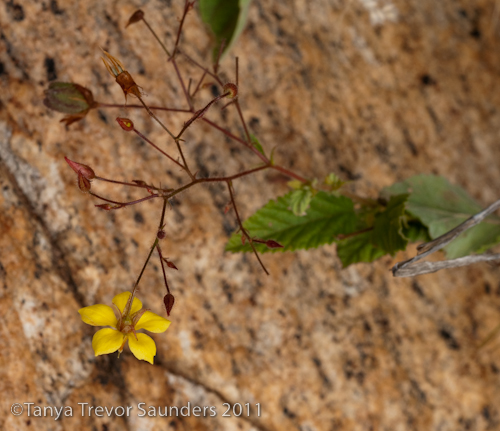
A closer look reveals the extraordinary detail and structure, not just of the blossom but of the stalk and the buds too.
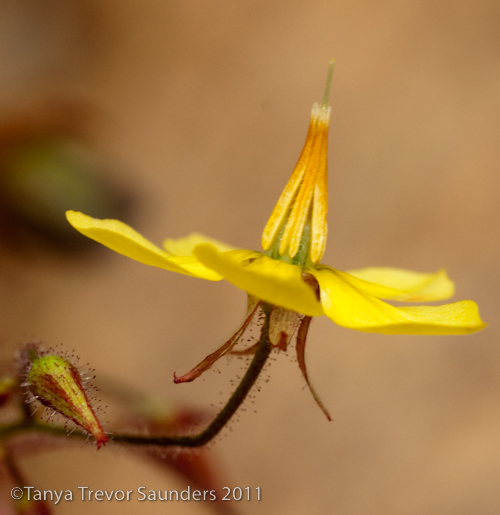
As you leave in search of other flowers, you brush past a green bush and something white catches your eye. It's a small cluster of egg casings, each one just 3mm long. It looks like insects of some sort (I guess) recently hatched out of these, pushing off the cap ends as they did so:
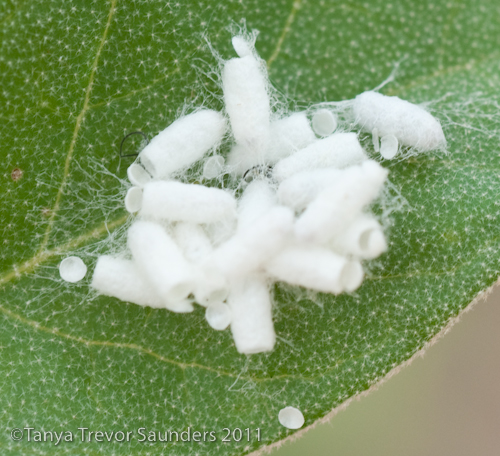
Moving away from the kopje and down into the bushland, more surprises await. Even though the rains passed this way a while ago and the main bloom of flowers has been and gone for this season, a few stalwarts remain, like this large yellow flower, 5-6cm in diameter, growing on the Ngulia escarpment. It's a Tylosium fassoglense, for those of you concerned with that kind of detail:
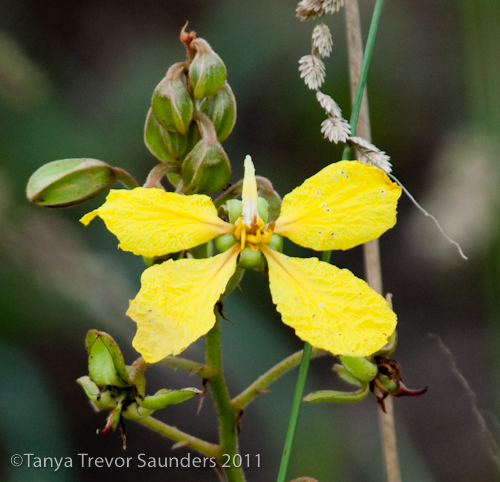
Beware what you blithely dismiss as a weed and pass by daily taking no heed. This small shrub, for example, grows all over the place and one rarely stops to give it the time of day:
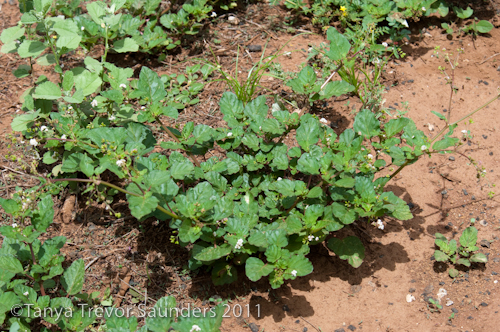
But today I stop to look closer, and realise that the tiny white flowers, each one maybe only 2mm across, are really worth looking at:
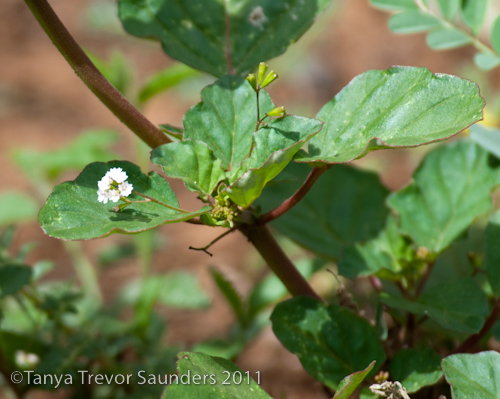
And when put under the macro lens, I vow never to call this plant a mere weed ever again:
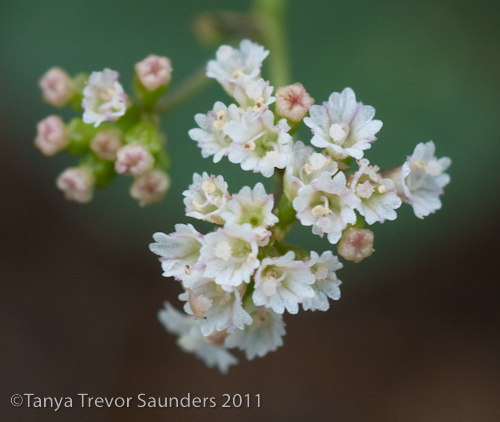
This ubiquitous yellow creeper appears everywhere after the rains:
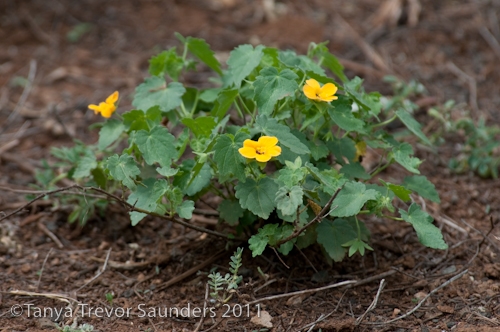
But seldom does one stop to notice the glorious detail of the flower and its pretty purple centre:
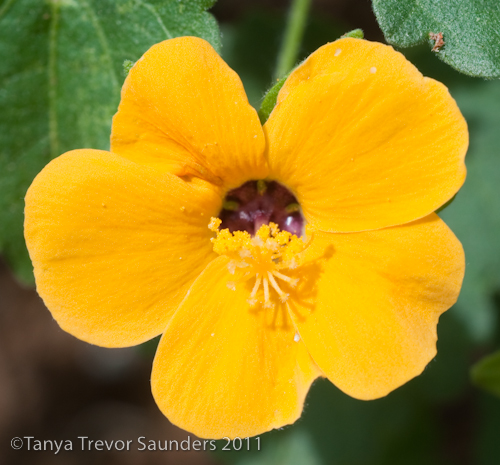
Another plant that grows everywhere and is conveniently labelled a "weed" is this at first rather dull looking plant. Personally, I like the circular pattern created by its leaves:
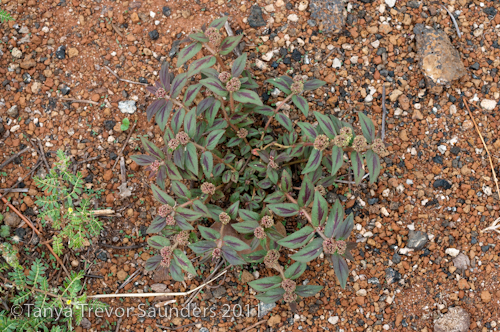
So I decide to look a little closer...and I realise that those purple "clumps" on the weed are actually a dense collection of tiny intricate flowers...
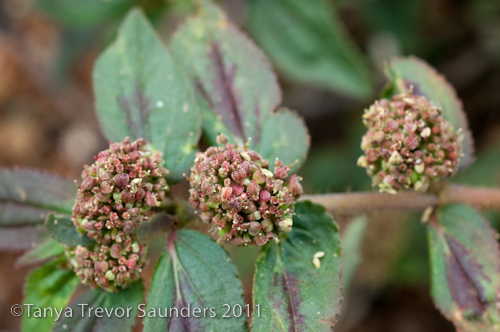
Once again, the scrutiny of the macro lens just makes you gasp with wonder...
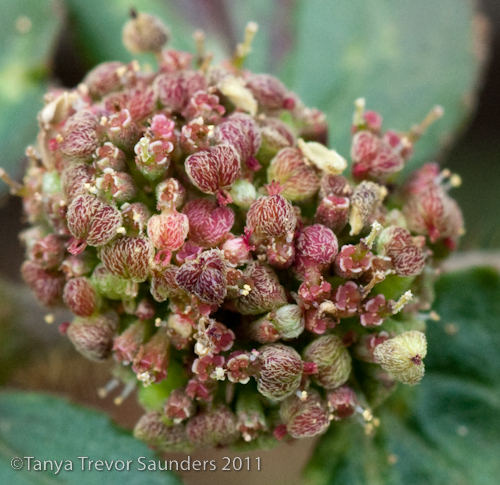
Nearby, a small white-flowered plant is so innocuous, you hardly notice it...
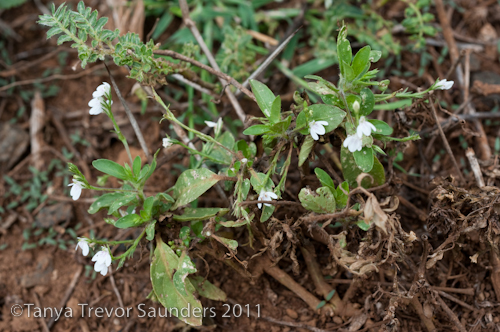
but yet again (at the risk of repeating myself ad nauseam), the tiny 3mm-wide flowers surprise you with their tiny purple spears:
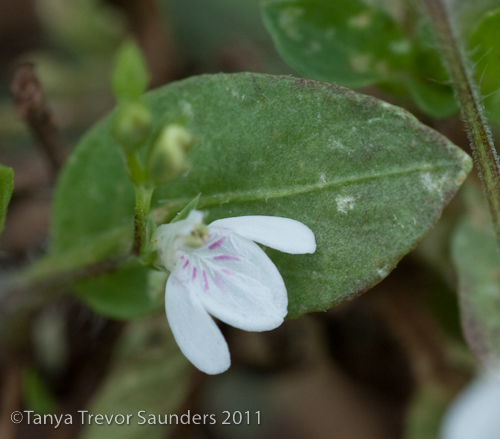
Tribulus terrestris flowers coat the bare earth like stars:
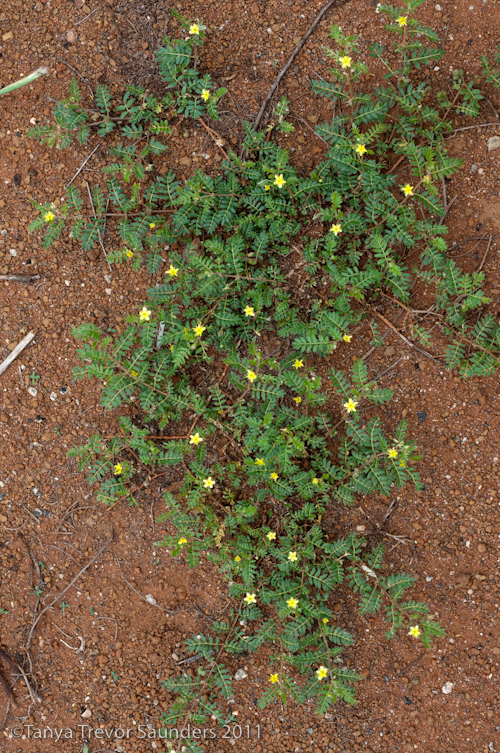
Each 6-8mm wide flower is perfect:
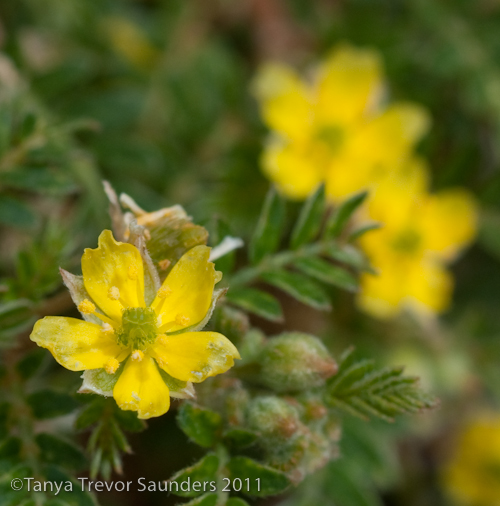
Another easily bypassed yellow flower is this variety of Melhania (possibly M. ovata?):
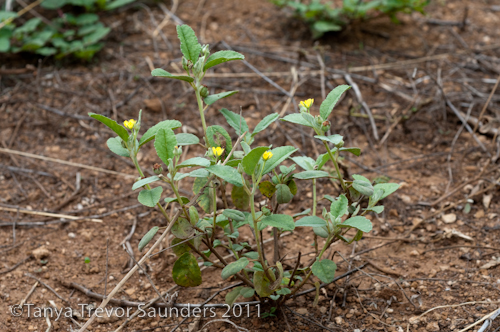
A closer look reveals a perfectly symmetrical yellow gem:
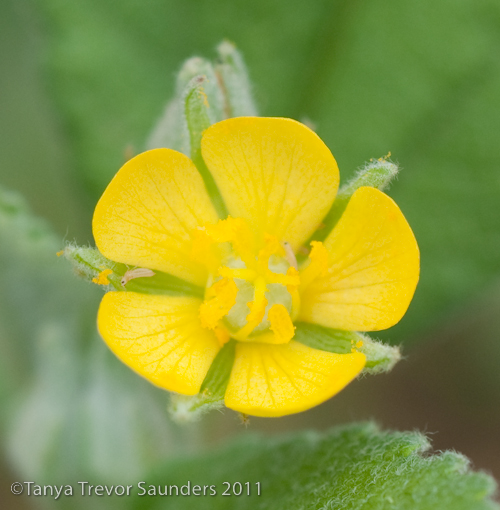
An even closer look reveals a soil-encased caterpillar busily feeding on the Melhania leaves:
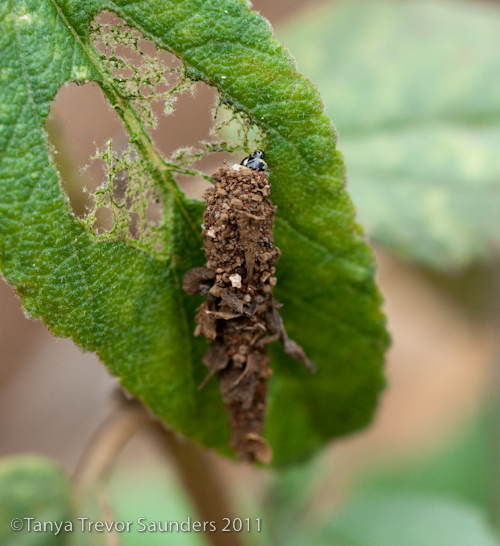
I have too many thorns in my shoes after photographing flowers! Serves me right probably, as to be honest, I should not be wandering around the bush in flip-flops anyway, but should be clad in more sensible shoes:
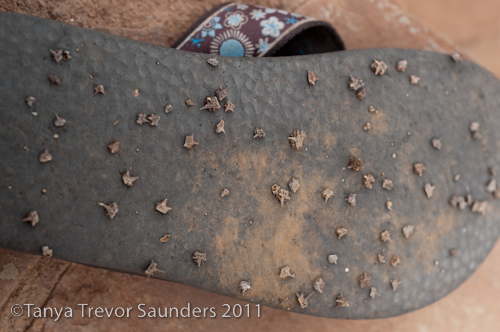
And to end on a totally different note and give ourselves a break from all these minuteae, here are a few big close ups of Tsavo West's larger fauna:
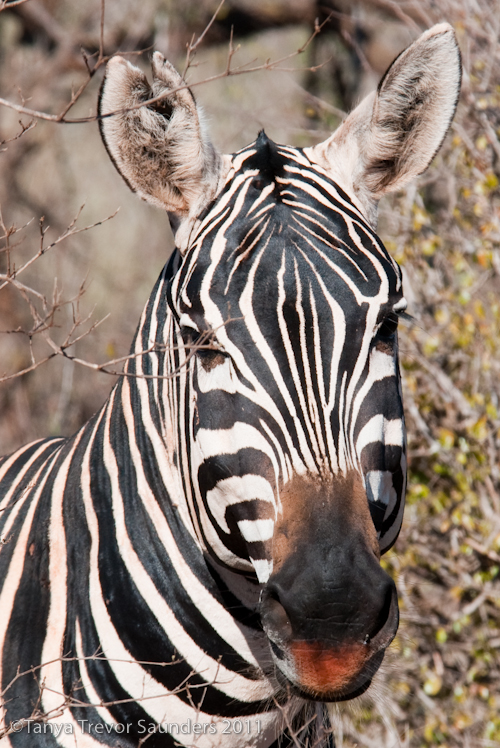
Burchell's Zebra
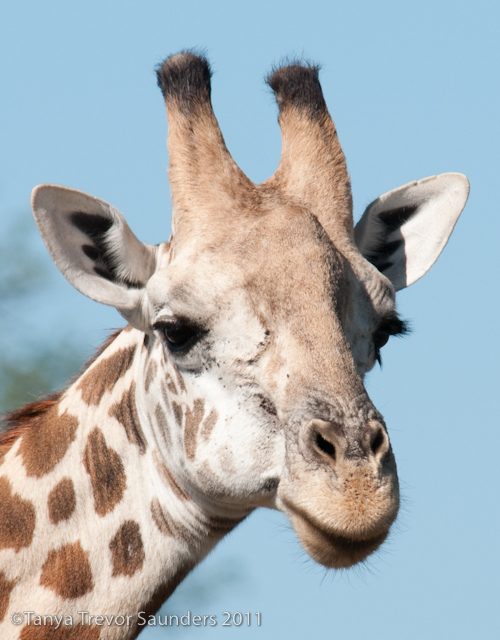
Masai Giraffe
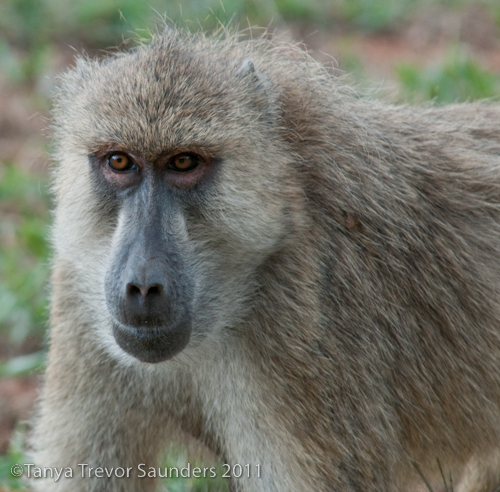
Yellow Baboon
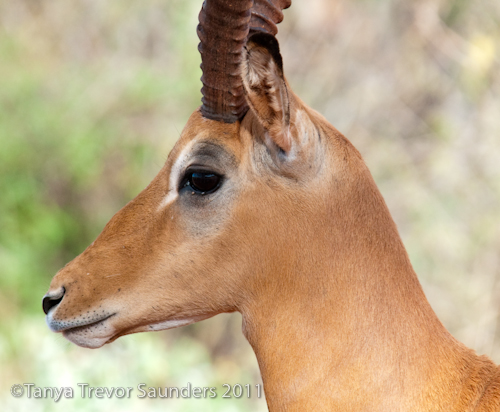
Impala
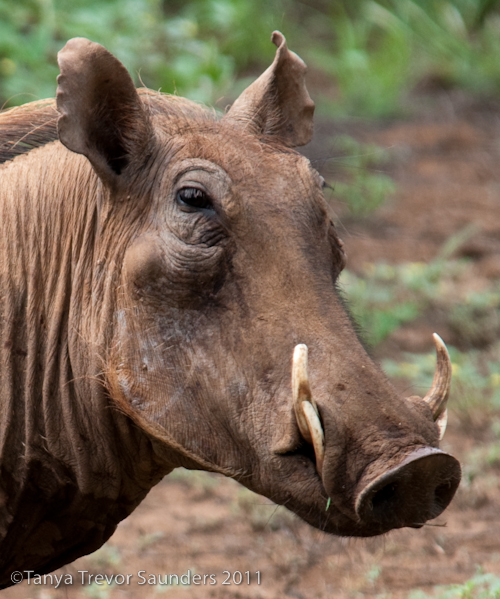
Warthog





Reader Comments (4)
"To see the world in a grain of sand, and to see heaven in a wild flower..." The world is filled with beautiful, interesting, amazing things, if only we look for them. Thank you, Tanya for reminding me to look.
Thank you too, Denise.
Thank you for a wonderful collection of photographs. Makes one realise how much one misses in our hasty lives.
Thank you, Marianne...yes, we so often rush past and miss things...or take things for granted without really noticing them, even though (or maybe because) we pass by them each day.